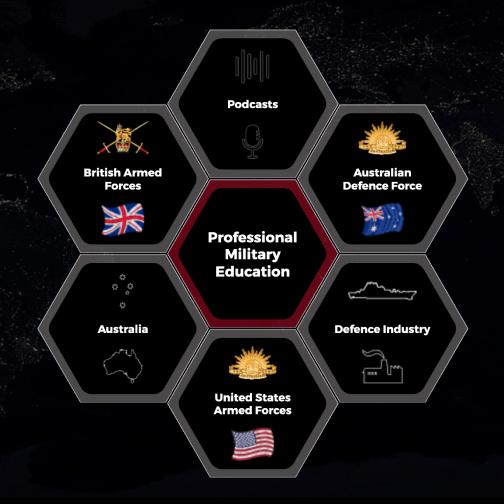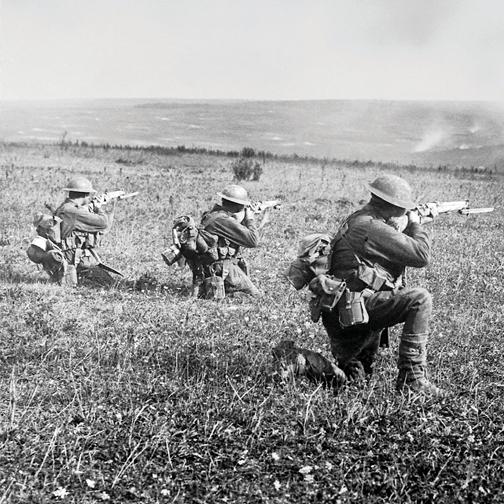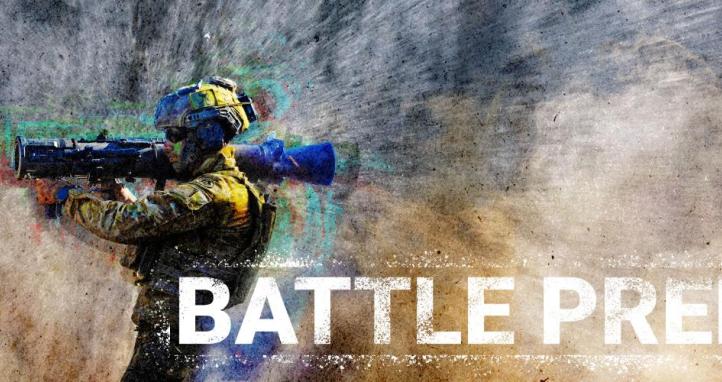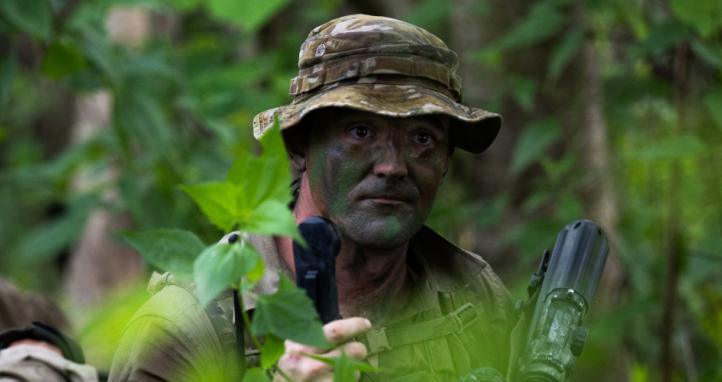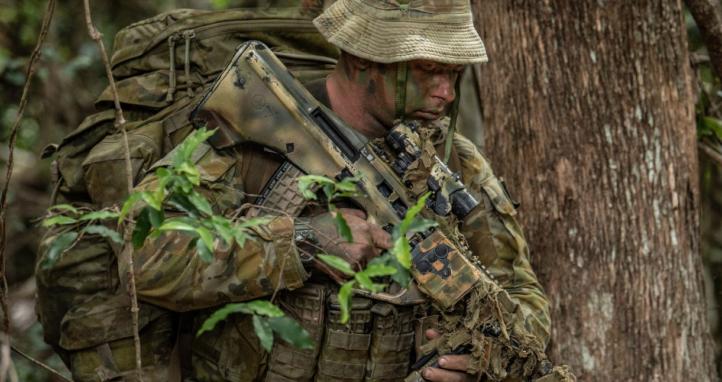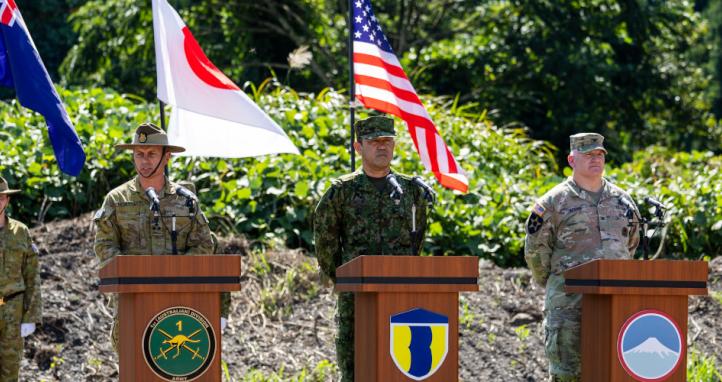Introduction
In the past two years, Australian Defence Force Health Services have demonstrated a number of credible, deployable treatment capabilities that recognise the requirement to be prepared to deploy in the near region and draw on lessons from contemporary examples of conflict. This includes Army and Air Force Role 2 Basic medical treatment facilities, which enable deployment of surgical capabilities forward into the littoral battlespace – where historical means of casualty evacuation may be denied – while retaining the ability for critical care patient holding.[1][2] Additionally, multiple teams have successfully integrated into civilian health facilities to provide resilience in times of expected higher volumes of patient presentations.[3]
Extant combat service support doctrine is interestingly scant on detail for the logistical requirements to enable the enduring function of deployed health elements. This is in contrast to the clearly articulated support requirements for kinetic actions, or more obscurely, the grain, water, and salt quantities required to sustain a load-carrying camel in the field.[4] In the absence of such detail, it is imperative that the health workforce is forward-leaning in the development of a supportable framework to enable enduring deployed capability. It is proposed that an approach based on simplicity and consistency, that allows caching, is crisis-ready, and is tested to better enable enduring health effect function.
Simplicity
Deployed health elements require a long list of specific, expensive items to enable their enduring function. These items can be required in multiple sizes, small quantities, may require preservation of sterility, and also include items with various climate control and security requirements. While this may be similar to a situation where multiple intricate parts are required to service an aircraft or an advanced weapons system, the rate of consumption of these medical items is assessed to be more predictable for health facilities, and this is an opportunity that should be exploited.
Under the current framework, after some period of time, a health facility facing sustained casualties would be required to submit a convoluted multiple line item resupply demand to their logistical enabling element. Given the complexity of the demand, these requests are likely to experience delays, which may ultimately limit the ability of the deployed facility to provide ongoing care.
The solution to this is simple and requires health elements to develop standardised resupply modules based on desired clinical effect (Clinical Effect Module – CEM). This may be, for example, a six-handle trunk that contains the consumables expected to be required for a set number of operations commonly performed by the facility or the stores likely used in the resuscitation of a set number of patients. The development of this concept would allow the facility to request one “damage control surgery CEM” rather than the fifty individual line-items that constitute it. These CEMs could be prepared en masse within the national support base by clinicians familiar with the items, reducing the burden of unfamiliarity for non-medical staff fulfilling resupply requests.
Additionally, these CEMs could be forward staged across the spectrum of in-theatre combat service support elements to reduce time to resupply for health facilities. By wedding the CEMs to a set number of surgical cases, or patients requiring resuscitation, this would also enable push-logistical supply to be initiated by casualty regulation cells as the number of cases are tracked and approach a threshold, in turn reducing the burden on deployed health facilities. It is, of course, acknowledged that there will still be a requirement for specific, individual items to be requested for resupply; however, the general simplification of these requests is felt to be beneficial in reducing time-to-resupply for the majority of essential consumables and better facilitates enduring capability than current practices.
Consistency
It is important that CEMs are developed with input from across services and capabilities. By ensuring consistency between similar capabilities (i.e. Army Role 2 Forward and Basic), this will allow for improved servicing of resupply requests even where there are differences in how the health effects are deployed operationally. An additional benefit of making these CEMs consistent is that it improves the cross-compatibility of staff between capabilities through repeatability in the storage and presentation of essential consumables.
The majority of the essential consumables found on capability load-lists are already consistent, and a concerted effort to rationalise the variations with a view to better enabling resupply, and therefore enduring capability, is strongly encouraged. The ability for individual clinicians to modify the holdings to suit their personal practice preferences should be minimised with a view to encouraging repeatable standard procedures, again improving cross-compatibility of staff between capabilities. It is important to recognise that the nuances of an individual operation or activity may require modification of load-lists following completion of mission analysis. However, the core requirements for resuscitation or surgical case consumables are felt to be so repeatable across the spectrum of deployable surgical facilities that the CEMs would not require modification.
Caching
In addition to forward staging of CEMs with combat service support elements in any potential future conflict, there is a further opportunity to commence caching of such supplies in the near region now – in secure locations that are proximate to existing health infrastructure. Firstly, should conflict arise, this would enable the initial logistic effort to be sensibly directed towards warfighting, while still providing a potential means of resupply for deployed health facilities. Secondly, this would enable teams of ADF clinicians to embed within near-region health facilities and retain working familiarity with our routine consumable modules. By regularly rotating teams through these facilities, this would enable excellent team-based training and provides an opportunity to refresh the caches and donate unused consumables approaching expiry to the community. By building relationships and goodwill with near-region health capabilities, the ability to augment and provide care for Australian casualties in these settings in future conflict is also bolstered.
Crisis Ready
Despite the implementation of simple and repeatable CEMs for essential consumables, there is still the possibility of health facilities operating in an environment where ready resupply is denied. It is important that work is undertaken now to develop crisis standards of care for the use, or re-use, of equipment and consumables in a way that is not in keeping with current Australian hospital best practice. There is no excuse for clinicians not providing best possible care to casualties, but it is possible that the operational environment will affect what this care looks like. Examples of this may include acquisition of products that offer alternate approaches to sterilisation of equipment which could be included in the CEMs, or developing triggers for enactment of diversions from standard hospital practice. By developing these standards in a coordinated approach now, the risk of decision paralysis or moral injury to individual clinicians forced to make decisions at the height of stress is minimised. This will additionally ensure a consistent approach is employed across deployed, joint, health facilities.
Tested
Deployable health capabilities often receive simulated casualties as part of war-fighting exercises. It is essential that, to the best extent possible, consumables, medication, and equipment that would likely be used for the treatment of each simulated casualty are identified and isolated during the patient journey through the facility. While there may be occasional value in opening and simulating use of these stores, isolating the items allows for a cost- and waste-conscious means of validating the expected rate of consumption and, in turn, the proposed CEMs.
This practice will also allow health facilities to test the process of requesting resupply modules when consumption thresholds are met, demonstrating an effective and enduring health capability. During exercises, these CEMs need not even include the actual stores but can just be placeholders that take up the appropriate space to test the resupply process, again, ensuring a cost-conscious approach is employed.
This testing process will allow health effects to confidently demonstrate to command what their current holdings are likely to facilitate in terms of treating a certain number of patients. It is felt that it is much more useful for health effects to communicate readiness in terms of supportable casualty numbers rather than a period of viability in days when casualty numbers can fluctuate dramatically.
Conclusion
The ADF continues to evolve its deployable health effects to provide a range of capabilities across services to suit a variety of potential mission profiles. The development of simple and consistent CEMs that are suitable for caching, crisis-ready, and tested will ensure that the enduring function of these capabilities is preserved and high-quality care is delivered. Ultimately, demonstrating effective health effects with robust logistical systems is an important spoke in the wheel of achieving deterrence via capability and readiness.
End Notes
[1] Bickerton, M. (2024) ‘Providing medical support close to the battlefield’, Defence News, 3 June 2025. Available at: https://www.defence.gov.au/news-events/news/2024-06-03/providing-medica….
[2] Howell, R (2024) ‘Role 2 Hospital hits training milestones’, Defence News, 28 July 2025. Available at: https://www.defence.gov.au/news-events/news/2025-07-28/role-2-hospital-…
[3] Campbell, C (2024) ‘Surgical exercise builds connections in the NT’, Defence News, 24 October 2024. Available at: https://www.defence.gov.au/news-events/news/2024-10-24/surgical-exercis…
[4] LWP-CSS 4-0-1 Combat Service Support in the Theatre
